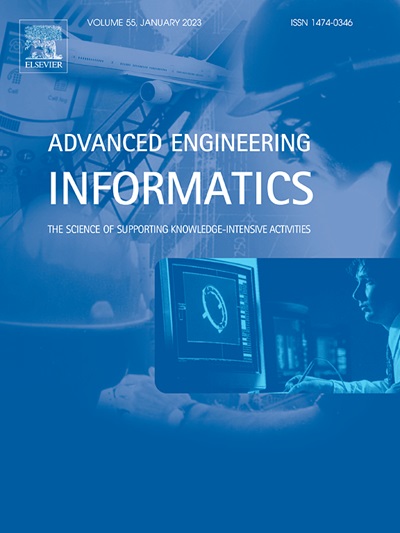Continual contrastive reinforcement learning: Towards stronger agent for environment-aware fault diagnosis of aero-engines through long-term optimization under highly imbalance scenarios
IF 8
1区 工程技术
Q1 COMPUTER SCIENCE, ARTIFICIAL INTELLIGENCE
引用次数: 0
Abstract
Although the stability of aero-engines is high, their failures can lead to catastrophic consequences. Due to the infrequent nature of faults, traditional data-driven fault diagnosis methods rely on limited amounts of historical failure data for training classification models. They cannot update models on time in response to environmental changes and data growth. To address the issue, this paper proposes a new machine learning method, i.e., Continual Contrastive Reinforcement Learning (CCRL), that integrates environmental interaction and continual dynamic evolution for fault diagnosis of aero-engine under conditions of high imbalance and continually growing data. First, the operating environment of the airline is treated as the learning environment for the agent. The aircraft’s flight data is used as the state information provided by the environment, while the failure identification results from ground personnel and experts serve as the labels for this state information. This framework ensures the agent can continually learn in the face of increasing data volumes. Next, a contrastive learning encoder for highly imbalanced scenarios is designed, where a large number of normal samples are used to train an encoder that constructs positive and negative sample pairs with actual data, fine-tuning the encoder to improve its ability to distinguish different faults. Finally, the contrastive learning encoder is embedded into the enhanced learning model, enabling the agent to better perceive environmental changes and diagnose failures under highly imbalanced scenarios. This paper conducts a series of contrastive and ablation experiments using real data, which fully validate the application potential of the proposed method.
求助全文
约1分钟内获得全文
求助全文
来源期刊

Advanced Engineering Informatics
工程技术-工程:综合
CiteScore
12.40
自引率
18.20%
发文量
292
审稿时长
45 days
期刊介绍:
Advanced Engineering Informatics is an international Journal that solicits research papers with an emphasis on 'knowledge' and 'engineering applications'. The Journal seeks original papers that report progress in applying methods of engineering informatics. These papers should have engineering relevance and help provide a scientific base for more reliable, spontaneous, and creative engineering decision-making. Additionally, papers should demonstrate the science of supporting knowledge-intensive engineering tasks and validate the generality, power, and scalability of new methods through rigorous evaluation, preferably both qualitatively and quantitatively. Abstracting and indexing for Advanced Engineering Informatics include Science Citation Index Expanded, Scopus and INSPEC.
 求助内容:
求助内容: 应助结果提醒方式:
应助结果提醒方式:


